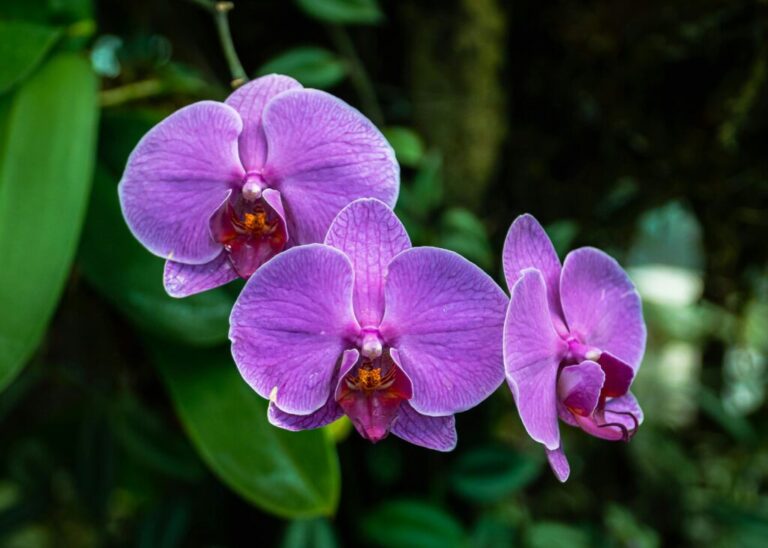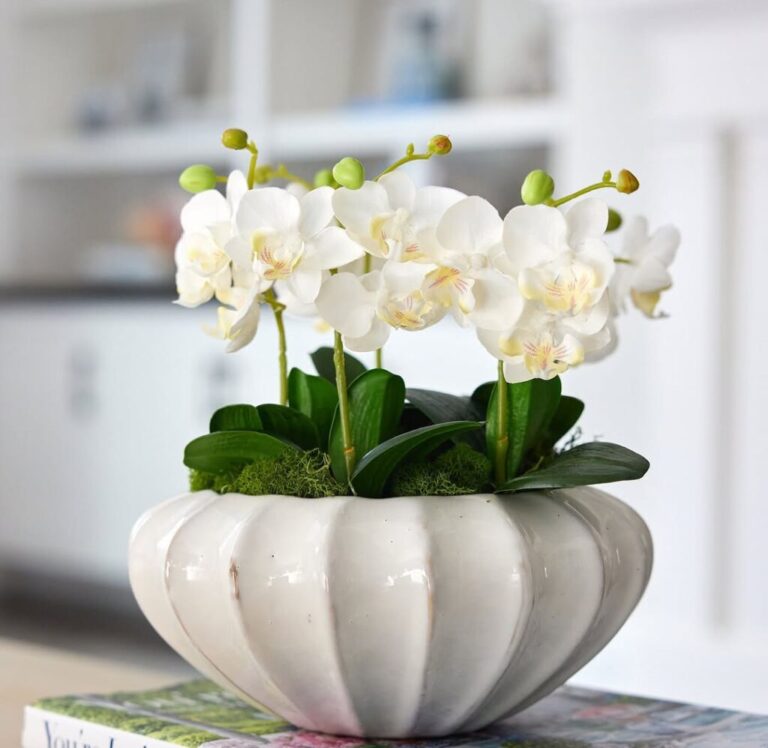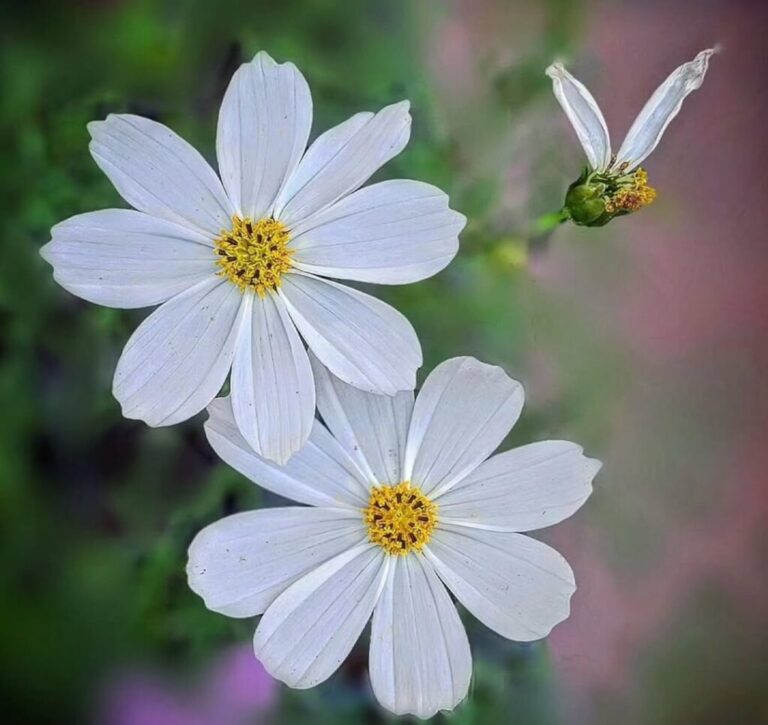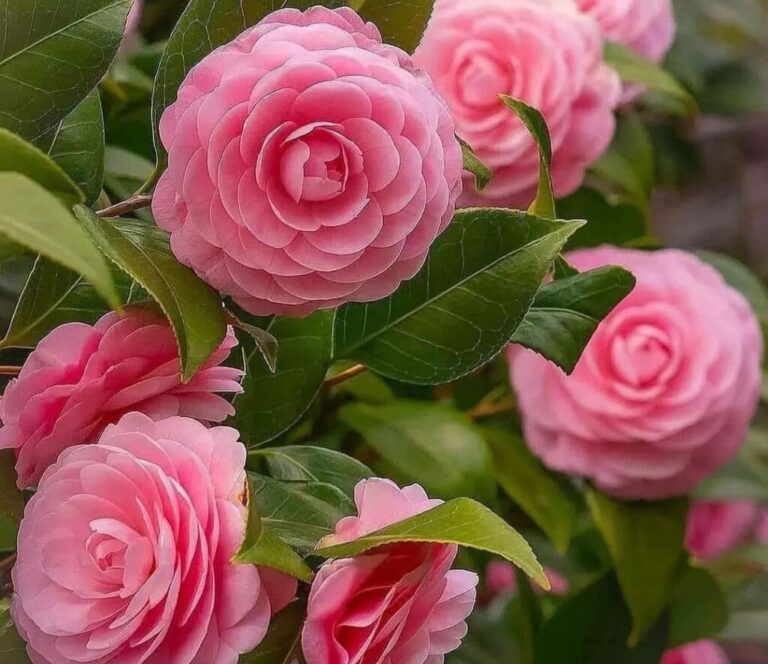Phalaenopsis K S Super Zebra is a stunning hybrid orchid admired for its striking zebra-like stripes and long-lasting blooms. Whether you’re a seasoned collector or a beginner exploring the world of orchids, this captivating plant is a rewarding addition to any collection. While it is relatively easy to care for, providing the right conditions is essential to ensure healthy growth and consistent flowering.
In this comprehensive guide, we’ll walk you through the essential steps to successfully grow and maintain Phalaenopsis K S Super Zebra. From ideal light and temperature conditions to watering schedules and pest control, you’ll discover everything you need to keep your orchid thriving year-round.

- 1 Optimal Growing Conditions
- 2 Temperature and Humidity
- 3 Watering and Fertilization
- 4 Watering Frequency:
- 5 Potting and Repotting
- 6 Common Problems and Solutions
- 7 Root Rot
- 8 Pest Infestation (Aphids, Spider Mites, Mealybugs)
- 9 Fungal and Bacterial Infections
- 10 Encouraging Healthy Blooms
- 11 Care Timetable for Phalaenopsis K S Super Zebra Orchids
- 12 FAQS
Optimal Growing Conditions
Light Requirements
Phalaenopsis K S Super Zebra orchids thrive in bright, indirect light. Direct sunlight can scorch their delicate leaves, while insufficient light may lead to weak growth and a lack of blooms.
Ideal Placement: Position your orchid near an east- or north-facing window, where it receives gentle morning sunlight without the harsh afternoon rays. If natural light is scarce, supplement it with an artificial grow light to ensure steady growth.
Signs of Excess Light: Leaves turning yellow, developing brown scorched patches, or curling inward indicate too much sun exposure.
Signs of Inadequate Light: Dark green, overly soft leaves and a failure to bloom suggest that the plant needs more light. If this occurs, gradually introduce it to a brighter spot or use a grow light for extended hours.
Temperature and Humidity
Maintaining stable temperature and humidity levels is crucial for the overall health and blooming cycle of Phalaenopsis K S Super Zebra orchids.
Optimal Temperature Range: These orchids prefer a daytime temperature of 65°F–85°F (18°C–29°C), with a slight drop at night to encourage blooming. Avoid exposing them to sudden temperature fluctuations or cold drafts.
Humidity Needs: 50%–80% humidity is ideal. If the indoor humidity falls below this range, consider using a humidity tray, misting the leaves lightly, or running a humidifier nearby to maintain adequate moisture.
Air Circulation: Good airflow is essential to prevent fungal infections and stagnant conditions. Placing a small fan in the room will help reduce excess humidity buildup and keep the foliage dry.
Watering and Fertilization
Proper watering techniques are key to maintaining a healthy Phalaenopsis orchid. These plants prefer a wet-dry cycle rather than constant moisture.
Watering Frequency:
Cool Months (Fall and Winter): Once a week to prevent overwatering.
Warm Months (Spring and Summer): Twice a week to compensate for increased evaporation.
Best Watering Method: Use room-temperature, filtered water, allowing excess moisture to drain completely from the pot. Never let water sit at the base, as this can lead to root rot.
Fertilization Schedule: Feed with a balanced orchid fertilizer (20-20-20) every two weeks during the active growing season. During dormancy, reduce fertilization to once a month to prevent nutrient overload.
Potting and Repotting
Choosing the right potting medium and repotting at the right time ensures your orchid remains healthy and well-supported.
Ideal Potting Medium: A well-draining mix of bark, sphagnum moss, and perlite allows for excellent aeration and root health.
When to Repot: Every 1–2 years or when the potting medium starts to break down.
Signs That Repotting Is Needed: Stunted growth, yellowing leaves, or visible root decay indicate it’s time for a fresh medium.
Common Problems and Solutions
Despite the best care, Phalaenopsis K S Super Zebra orchids may encounter various issues. Below are common problems along with solutions to keep your plant thriving.
Root Rot
Symptoms: Mushy, black roots and yellowing lower leaves.
Cause: Overwatering or poor drainage.
Solution: Trim affected roots, repot with fresh medium, and adjust watering habits to prevent future issues.
Yellowing Leaves
Symptoms: Leaves gradually turning yellow and wilting.
Causes: Overwatering, excessive sunlight, or nutrient deficiency.
Solution: Reduce watering frequency, move the plant to indirect light, and ensure regular fertilization.
Lack of Blooms
Symptoms: Healthy leaves but no flowering.
Causes: Inadequate light, lack of nighttime temperature variation, or insufficient nutrients.
Solution: Increase light exposure, provide a slight temperature drop at night, and apply a high-phosphorus fertilizer (10-30-10) to stimulate blooming.
Pest Infestation (Aphids, Spider Mites, Mealybugs)
Symptoms: Sticky residue, tiny webbing, or white cotton-like spots on leaves.
Cause: Pests sucking sap from the plant.
Solution: Apply neem oil or insecticidal soap and manually remove visible pests with a cotton swab dipped in alcohol.
Fungal and Bacterial Infections
Symptoms: Black or brown spots appearing on leaves and flowers.
Cause: Poor airflow and excessive humidity.
Solution: Improve ventilation, remove affected parts, and treat with a fungicide to halt further spread.
Encouraging Healthy Blooms
If your Phalaenopsis K S Super Zebra is not blooming, consider the following strategies:
Adjust Light and Temperature: Ensure adequate light exposure and introduce a slight temperature drop at night.
Use High-Phosphorus Fertilizer: Applying 10-30-10 fertilizer can boost flower production.
Provide a Rest Period: Mimic dormancy by reducing watering and fertilization in winter to encourage future blooming.
Care Timetable for Phalaenopsis K S Super Zebra Orchids
| Task | Frequency |
|---|---|
| Watering (cool months) | Once a week |
| Watering (warm months) | Twice a week |
| Fertilizing (growth season) | Every 2 weeks |
| Fertilizing (dormancy) | Once a month |
| Repotting | Every 1–2 years |
| Pest Inspection | Weekly |
| Humidity Adjustment | As needed |
| Cleaning Leaves | Monthly |
Caring for Phalaenopsis K S Super Zebra orchids requires attention to detail, but the rewards are well worth the effort. By providing the right light, temperature, humidity, and watering schedule, you can enjoy the beauty of these stunning striped blooms year after year. Addressing common problems promptly will ensure your orchid remains in peak condition, ready to delight you with its exotic flowers.
FAQS
What is a Phalaenopsis K S Super Zebra orchid?
The Phalaenopsis K S Super Zebra is a hybrid Phalaenopsis orchid known for its striking zebra-like striped petals and long-lasting flowers. It is a favorite among collectors due to its unique patterns and ease of care.
What is the best temperature range for this orchid?
Phalaenopsis K S Super Zebra orchids prefer temperatures between 65–80°F (18–27°C) during the day and a slight drop at night to encourage blooming. Avoid sudden temperature fluctuations.
How often should I water my Phalaenopsis K S Super Zebra?
Water when the roots appear silvery or the potting medium is nearly dry. Generally, this means watering once a week, but frequency may vary depending on humidity and temperature. To keep the leaves from rotting, use room-temperature water and don’t moisten them.
What type of potting mix is best?
A well-draining orchid mix with bark, perlite, and sphagnum moss works best. This allows airflow around the roots and prevents water retention that could lead to root rot.
How do I fertilize a Phalaenopsis K S Super Zebra orchid?
Use a balanced orchid fertilizer (such as 20-20-20) diluted to half strength every two weeks during active growth. When growth slows down in the winter, cut back on feeding.
How can I encourage my Phalaenopsis K S Super Zebra to bloom?
To encourage blooming:
Provide bright, indirect light.
At night, keep the temperature down by roughly 10°F (5°C).
Ensure proper humidity (50-70%).
Do not overwater or over-fertilize, as this can delay flowering.
What common problems should I watch out for?
Yellow leaves – Overwatering or too much direct sunlight.
Wrinkled leaves – Underwatering or root issues.
No flowers – Insufficient light or lack of temperature drop.
Root rot: Inadequate drainage or overwatering.








